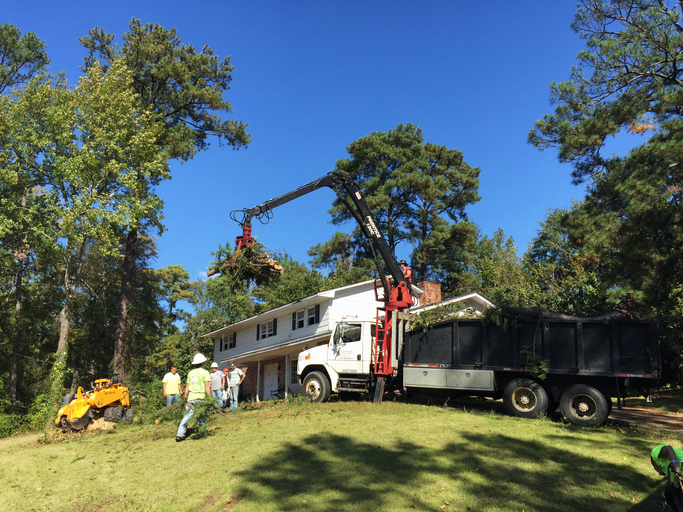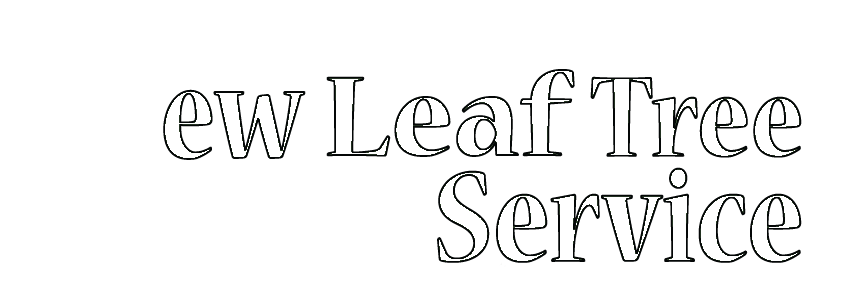Tree Trimming in Kansas City: Importance, Techniques, and Best Practices

Tree Trimming in Kansas City: Importance, Techniques, and Best Practices
Tree trimming is a crucial aspect of maintaining the health, safety, and aesthetic appeal of trees in urban environments like Kansas City. Properly managed trees can enhance the beauty of the city, improve air quality, provide shade, and contribute to overall environmental well-being. However, tree trimming requires specialized knowledge and techniques to ensure that trees remain safe, healthy, and functional. This essay will explore the importance of tree trimming in Kansas City, the methods used, and the best practices for maintaining trees in an urban environment.
Importance of Tree Trimming in Kansas City
In Kansas City, trees provide a variety of benefits that contribute to the overall quality of life. These benefits are closely tied to proper tree care, including regular trimming. Tree trimming serves several important functions, including safety, health, aesthetic appeal, and utility management.
- Safety: One of the most important reasons for tree trimming is to ensure safety. Trees that are not properly maintained can pose serious hazards, especially during Kansas City’s intense storms. Branches that are too close to power lines or hanging over roads can create significant risks to people and property. Regular trimming helps prevent fallen limbs from causing damage to homes, vehicles, and infrastructure. Additionally, trimming reduces the risk of trees falling during high winds or other severe weather conditions.
- Health of the Tree: Regular trimming is essential for the health of trees. It removes dead, diseased, or damaged branches, preventing the spread of decay and ensuring that the tree’s resources are directed toward healthy growth. Proper pruning also promotes better air circulation and sunlight penetration, which helps the tree remain strong and vibrant. In Kansas City's climate, which includes hot summers and cold winters, trimming can also reduce the risk of pest infestations and disease.
- Aesthetic and Property Value: Well-maintained trees enhance the overall beauty of residential and commercial properties. In Kansas City, where landscaping plays a significant role in real estate value, trimming trees regularly ensures they look their best. A neatly trimmed tree can add to the curb appeal of a home or business, which in turn can increase its market value. Trimming also allows for the proper shaping of trees, which can complement the surrounding landscape and improve the visual balance of gardens, yards, and urban spaces.
- Preventing Overgrowth and Encroachment: In an urban environment like Kansas City, trees often need to be trimmed to prevent them from encroaching on sidewalks, driveways, or neighboring properties. Overgrown branches can obstruct pathways, reduce visibility for drivers, and create nuisances for pedestrians. Trimming helps to manage the size and spread of trees, ensuring they do not outgrow their designated space.
- Utility Management: Kansas City has a large network of power lines that can be threatened by overgrown trees. Trees that grow too close to power lines can cause power outages or even spark fires. Tree trimming in Kansas City helps to maintain a safe distance between trees and utility lines, preventing disruptions in service and minimizing the risk of fires caused by fallen branches. Trimming also helps clear lines of sight for streetlights and signage, improving the safety and functionality of the city's infrastructure.
Techniques for Tree Trimming in Kansas City
Tree trimming is not a one-size-fits-all approach; it requires careful planning, knowledge of tree biology, and an understanding of the best techniques for different tree species. In Kansas City, a variety of tree species are commonly found, each with unique needs when it comes to trimming. Below are the primary techniques used in tree trimming:
- Crown Thinning: Crown thinning involves selectively removing branches from the tree's canopy to improve airflow and light penetration. This technique helps prevent overcrowding and promotes better growth throughout the tree. It is especially important for trees that have dense foliage, as thinning can reduce the risk of fungal growth and other diseases that thrive in shaded, stagnant air.
- Crown Raising: Crown raising is the process of removing lower branches of a tree to increase clearance above the ground. In Kansas City, this is often done to ensure that trees do not block pedestrian pathways, driveways, or streets. Crown raising is also beneficial for preventing trees from obstructing streetlights, signage, or power lines.
- Crown Reduction: Crown reduction is a more severe trimming technique that involves shortening the height or spread of a tree. This technique is often used when a tree has grown too large for its environment or when it is becoming a hazard by hanging over buildings or power lines. Crown reduction should be done carefully to avoid damaging the tree, as cutting too much can stress the tree or cause it to become unbalanced.
- Deadwood Removal: Removing dead, diseased, or broken branches from a tree is essential for maintaining its health and preventing decay. In Kansas City, where trees can be exposed to a variety of pests, such as the emerald ash borer or oak wilt, regular deadwood removal can help prevent the spread of disease and infestation. Deadwood removal also improves the tree’s appearance by eliminating unsightly or hazardous branches.
- Structural Pruning: Structural pruning involves shaping the tree's structure by removing weak or poorly placed branches. This technique helps develop a strong, balanced canopy, which is less likely to break during storms or high winds. In Kansas City, where strong thunderstorms and tornadoes are common, ensuring that trees have a strong structural foundation is vital for their long-term health and safety.
- Directional Pruning: Directional pruning is used to guide the growth of a tree in a particular direction, such as away from buildings, power lines, or other trees. This technique can be useful in urban environments like Kansas City, where space is often limited, and trees need to be managed to prevent conflicts with other structures or vegetation.
Best Practices for Tree Trimming in Kansas City
Proper tree trimming requires more than just the right techniques—it also involves adherence to best practices that ensure the safety of both the tree and the people doing the trimming. The following best practices should be followed when trimming trees in Kansas City:
- Hiring a Certified Arborist: While some homeowners may attempt to trim trees themselves, it is generally recommended to hire a certified arborist for tree trimming, especially for large or mature trees. Arborists are trained to understand tree biology, safety protocols, and proper trimming techniques, ensuring that the job is done effectively and safely.
- Trimming at the Right Time: The timing of tree trimming is essential for the health and growth of the tree. In Kansas City, it is best to trim trees during the dormant season, typically in late fall or winter. This is when trees are not actively growing, reducing the risk of shock and promoting faster healing. However, certain species of trees may require trimming during specific times of the year, so it’s important to consult with an arborist to determine the best timing.
- Avoiding Over-Pruning: One of the most common mistakes in tree trimming is over-pruning. Cutting too much of the tree can stress the plant, leading to reduced growth, weakening of the tree structure, and increased vulnerability to pests and disease. Proper pruning should remove only the necessary branches to promote health and safety, without taking too much away.
- Using the Right Tools: Tree trimming requires specialized tools, such as pruning shears, chainsaws, and pole saws. These tools should be in good condition and used correctly to prevent damage to the tree and minimize the risk of injury. For larger trees, professional tree trimming services should be employed to ensure the use of the correct equipment.
- Disposing of Debris Properly: After trimming, it is essential to dispose of the debris properly. In Kansas City, many tree trimming services offer debris removal as part of their services. If you choose to handle this yourself, make sure to follow local regulations regarding the disposal of tree limbs, branches, and other waste.
- Legal Considerations: In some cases, tree trimming in Kansas City may require permits or adherence to local regulations, especially for large trees or those on public property. Homeowners should check with the city’s parks and recreation department or other local authorities to ensure compliance with any tree trimming ordinances.
Conclusion
Tree trimming is an essential part of maintaining the health, safety, and aesthetic appeal of trees in Kansas City. By removing deadwood, thinning the canopy, raising the crown, and ensuring proper structural integrity, tree trimming helps to mitigate risks, promote healthy growth, and enhance the beauty of the city. Following best practices, including consulting with certified arborists, timing the trimming correctly, and using the appropriate tools, ensures that trees are properly cared for and can thrive in an urban environment. As Kansas City continues to grow, maintaining the city's trees through regular trimming will be crucial for creating a safer, more sustainable, and more visually appealing urban landscape.
